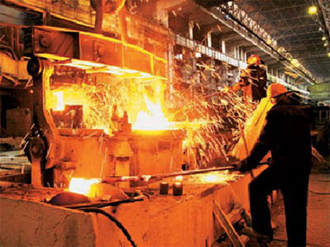News
Perspective tin

Around the tin segment of the industrial complex is not the first year there are disputes and discussions on the prospects for the development of important material. After all, many learned minds and recognized experts to this element are predicting a great and bright future in virtually all spheres of modern industry. It is especially important to use tin raw materials for the energy compartment.
Recently, the academic community of one of the American institutions conducted a unique experiment. During the experiments, a great potential for the conductivity of tin was discovered. Only a single atomic layer of raw material can reach a hundred percent conductivity, without preheating, just at room temperature. After testing a new modification of such a substance, it is given the name of stanen. Such a product can become very useful in the production of electronic chips. The use of a unique raw material will significantly improve the performance of the chip. At the same time, the energy consumption of such a product will decrease several times.
Several leading laboratories around the world are busy developing the material of the future and improving the technology of its production. Numerous experiments and experiments allow us to discover all the new facets and possibilities of such conventional tin. The Shouden Jang group, which has been doing similar research for decades, has long predicted the appearance of an unusual class of materials. The special electronic properties of such raw materials, called the topological dielectric obtained by calculation, in practice, exceeded all expectations. A distinctive feature of such a product is the ability to conduct electricity only by the surface layer. Therefore, the useful qualities of raw materials directly depend on its thickness. So, reducing the size of the tin semi-finished product to one atomic layer will increase the conductivity parameters to almost one hundred percent.
More recently, experimenters have considered similar abilities in materials such as mercury, selenium or antimony. The results of the experiments were not too stable and differed significantly from the calculated data. A little later, scientists decided to pay attention to tin, because this element is located in the periodic system in the same part of the list. After a number of tests, tin was given preference in the production of the new generation of ultra-thin spent raw materials.
Our consultant will save your time!

Nicholas
sales department
+38 (097) 369-66-30
